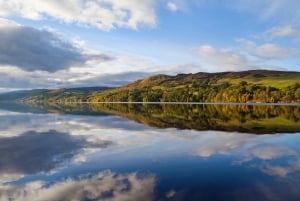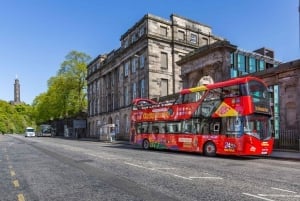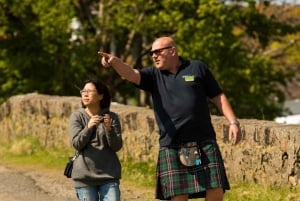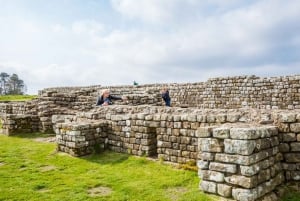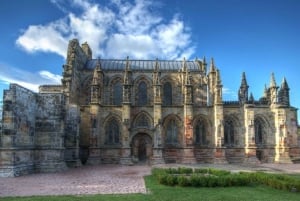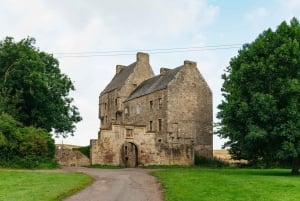Edinburgh's History and Culture
Edinburgh, the capital city of Scotland, is one of the most fascinating cities in the world. Not only are the Old and New Towns listed as UNESCO World Heritage Sites, the city is also home to the Edinburgh Festival and the Edinburgh Fringe - which is the largest performing-arts festival in the world - held in August. Over this period, the city's population of approximately half a million doubles. This makes the city one of the most exciting and vibrant places to visit at this time of year. Other main events during the year are the Hogmanay Street Party and the Beltane Fire Festival, which again attract thousands of visitors from all over the world.
Everything about Edinburgh is as exciting as its many festivals. The history of the city includes some of the most horrific images of disease and decay but it is also the birthplace of the Enlightenment.
Firstly, Edinburgh was not always the capital of Scotland. It only became so in 1124, when King David I moved it from Dunfermline. He was the King responsible for founding Holyrood Abbey, which now stands as a romantic ruin in the grounds of the Palace of Holyroodhouse. Because of its relatively accessible location, Edinburgh was attacked and occupied by the English on many occasions, which means that Edinburgh Castle was often destroyed by the Scots themselves in order to prevent the English from using it.
The capital is packed with history, particularly the Royal Mile in the Old Town, which stretches from Edinburgh Castle to the Palace of Holyroodhouse. Just off the Royal Mile there are a number of closes to explore and these give the traveler an idea of how Edinburgh was built on two levels. In the 16th century there was not enough space to fit in all the city dwellers, which led to the first high-rise buildings.
It was not only the rise in population that forced the development of city planning but also the 17th century plague. The horrors brought to Edinburgh by fleas carried on rats, which were most likely accidentally transported from continental Europe on ships, forced the decision to burn and bury the infectious parts of the city and rebuild on top. One of the best places to fully explain the magnitude of this special history and feature of the city is Mary King’s Close .
After the plague, Edinburgh continued to grow in population. As the Old Town was becoming ever-more overcrowded in the 18th century, a solution had to be found. A competition was held to design a New Town and this was won by the young James Craig, who was only 22 at the time. The main streets are George Street, running from east to west, and two parallel streets, Princes Street, situated to the south, and Queen Street to the north of George Street. A grid was then created by linking the three main streets with Hanover, Frederick and Castle Streets and placing Charlotte Square at the west end and St Andrews square at the east end. The remaining buildings of the New Town are to the north and west.
A way to link the Old Town and the New Town was found in 1820 by draining the Nor Loch and forming a mound, from which The Mound gets its name. The Nor Loch is now the beautiful and pristine Princes Street Gardens.
As you can see when you stroll through the streets, the architecture of Edinburgh very well reflects the fascinating history of the city. After centuries of different kinds of turmoil, either caused by disease or attacks by the English, Edinburgh today is known as one of the most pleasant places to live and visit. It is multinational, not only during the summer festivals attended by millions from all over the world, but throughout the year.



